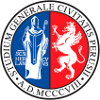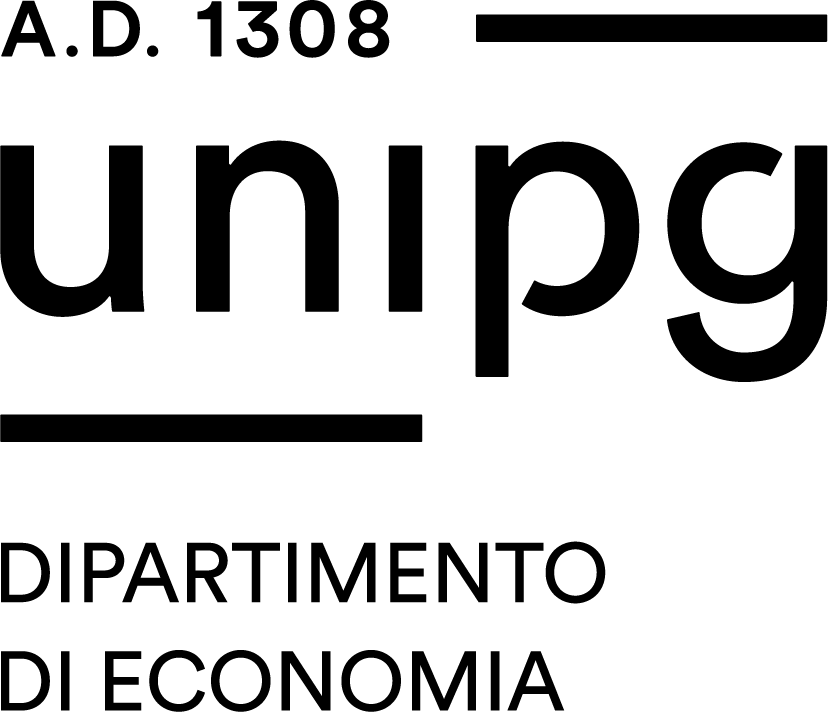Study-unit INTERNAL COMBUSTION ENGINES
| Course name | Mechanical engineering |
|---|---|
| Study-unit Code | GP004954 |
| Curriculum | Energia |
| Lecturer | Carlo Nazareno Grimaldi |
| Lecturers |
|
| Hours |
|
| CFU | 12 |
| Course Regulation | Coorte 2023 |
| Supplied | 2023/24 |
| Supplied other course regulation | |
| Learning activities | Caratterizzante |
| Area | Ingegneria meccanica |
| Sector | ING-IND/08 |
| Type of study-unit | Obbligatorio (Required) |
| Type of learning activities | Attività formativa monodisciplinare |
| Language of instruction | Italiano |
| Contents | Chemical, thermo-fluid dynamic and mechanic phenomena are treated, underlying operation performance and emissions of MCI, ensuring in particular a deep understanding of the phenomena by the students, to develop skills, and to transfer the gained skills in the design, even in an innovative sense. |
| Reference texts | G. Ferrari - Motori a combustione Interna - EsculapioJ.B. Heywood - Internal combustion engine fundamentals - Mc Graw Hill |
| Educational objectives | Develop and achieve an advanced knowledge about internal combustion engines operation and design criteria and methodologies. |
| Prerequisites | The course is imparted in the first semester of the first year of the Master of Science in Mechanical Engineering: consequently it is considered necessary and sufficient the education received in Mechanical Engineering Bachelor Degree courses.Of particular importance is considered the knowledge acquired in the courses: Physics, Applied Physics, Machinery and energy Systems. |
| Teaching methods | Face-to-face lessons (classroom / lab) |
| Other information | N.A. |
| Learning verification modality | Oral exam, indicative duration of between 30 and 50 minutes, so structured:- 2 questions, open answer;- 1 question about the results of a practical application of simulation codes, prepared in groups, with free timing (Application of numerical codes of one-dimensional computational fluid dynamics - CFD-1D). |
| Extended program | The morphology of the internal combustion engine and construction aspects.Motor-user: steady state motion, transient motion, motion in slope, the analytic calculation of the engine angular acceleration, dynamic balance, implementation of the calculation of the acceleration in a computer code.Volumetric efficiency in two and four stroke engines. Fundamental relations, engine test bench, engine maps.Steady effects at the intake: temperature, pressure drop, discharge coefficient.Dynamic effects at the Intake: inertial effects, wave effects, variable geometry systems.Experimental methods and instrumentation for flow analysis in intake systems: steady flow bench, dynamic flow bench, swirl and tumblemeasuring gauges.Supercharging.Valve lift and phase diagrams, parameters affecting volumetric efficiency.Two-stroke engines, dynamic effects in the exhaust systems.Fuels, determination of the Octane and Cetane numbers.Fuel feeding in compression ignition engines: pumps, injectors, common rail, spray characteristics: spray penetration, droplet size, jet diffusion angles; project of components; experimental methods for the analysis of the spray: PDA, PIV, Laser Sheet.Fuel feeding in spark ignition engines: PFI, GDI.In cylinder charge motion: turbulence and cyclic dispersion; swirl, squish, tumble.Combustion in internal combustion engines: chemical reactions, laminar and turbulent combustion, premixed and diffusive combustion, normal combustion in gasoline engines, heat release, non normal combustion in spark ignition engines: detonation, surface ignition; design of the combustion chamber.Combustion in compression ignition engines, heat release; design of the combustion chamber.Acoustic and thermal aspects of the ICEs operation.Pollutant emissions from ICEs: regulations; measurement procedures and instruments; engine emissions; emission reduction systems; OBD Diagnostics, application of artificial neural networks.Methodologies and tools for analyzing the characteristics of MCI in terms of performance and emissions.CFD-1D: one-dimensional computational fluid dynamics.CFD-3D: three-dimensional computational fluid dynamics. Hybrid propulsion systems, with internal combustion engine - electric motor powertrains. |


